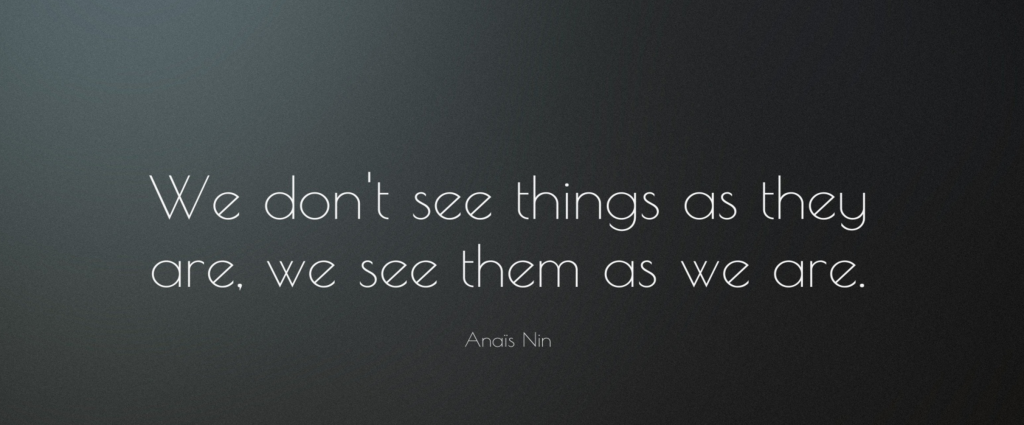Giving good quality feedback is an important skill to have in any organisation. Doing so regularly with our peers gives everyone an accurate understanding of how they are doing at work, and what needs to change / improve. However, I have always felt that the importance of feedback and how to effectively deliver it is something which is rarely stressed and communicated within companies. In this article I want to share some of the best practices I have learnt from different people and mentors over the years about giving feedback.
Why?
The first step to giving good feedback is to realise the importance and reason behind doing so. I believe that the only reason to provide feedback is to improve performance while working together. The purpose of giving feedback is never to measure performance, blame, to prove yourself right, to make others wrong or to put someone in his/her place.
I believe this is the most important aspect of feedback which we often miss. I see feedback as a ‘gift’ given from one person to another, with the only purpose of improving how they work together. When we see feedback as a ‘gift’, the feedback conversations tend to be more natural and less awkward.
Before (Preparation)
“Give me six hours to chop down a tree and I will spend the first four sharpening the axe.”
― Abraham Lincoln
Like most things in life, doing some groundwork before giving feedback is critical. Over time I have come up with a list of steps which helps me prepare for a feedback conversation.
- The first step is to collect data and evidence to back up your feedback, and to make sure you have seen the situation from different angles and point of views. This might include gathering some tangible data like sales reports, code reviews, etc or validating your feedback with different set of people.
- Apart from remembering the why behind sharing the feedback, it is also very important to have an open mind going into the conversation. We must be willing to investigate / apologise if things turn out otherwise. If the person you are sharing the feedback with brings up new facts or information you weren’t aware of, make sure to acknowledge them and take a time out to investigate rather than thrusting your feedback upon the person.
- Create a comfortable space for providing the feedback. Allow enough time so that none of you feel rushed. Depending on the type of feedback, choose an appropriate setting for the feedback. For example – do not choose a place which is overly conspicuous, and never give negative feedback in public. If the feedback is on a trivial issue, you can do it while walking back from a meeting, or in a vehicle driving to another destination to make it less formal. But if your conversation is more difficult, you might want to do it in a meeting room. The important thing to realise is that there is no one right place to deliver feedback, and you should choose based on the type of feedback.
- Sleep on it! If you feeling angry, upset or feel an urge to provide feedback; it is often better to sleep on it. Giving feedback at the wrong time can often do more harm than good. Once your emotions are more settled and you have gathered your thoughts, you can then share the feedback as soon as possible.
During (Process)
While you can do all the preparation you want, receiving feedback can still be a stressful experience for people (especially if it is critical). To ensure that the conversation goes smoothly you can follow a few guidelines :-
- Criticise in Private, Praise in Public. Use this as a golden rule for any feedback conversation.
- Never attach adjectives to people. Start by stating why you are providing feedback, which is always to improve performance (of the person, team, organisation). You demonstrate that by stressing on the impact of the person’s actions (on the team and their performance) and not on the person themselves. For example – Instead of saying “you are a weak communicator”, say “your communication style can be refined to make a better impact in team meetings”.
- Be specific in your feedback. Give examples. Do not be vague in your statements.
- Be aware of the other person’s body language. Notice if they are getting defensive, angry, upset and change course if necessary.
- Be prepared for an emotional reaction. But do not react yourself. Do not get into a game of arguments and justifications. Stay silent and let people vent out their emotions (if any).
- Listen and paraphrase what you hear to ensure there is no confusion and misunderstanding. Understand the situation from the other person’s point of view.
- Use non-conflicting language. Use “I” instead of “you”. For example – Say “I felt disappointed when you did that.” rather than “You disappointed me by doing that.”
- Don’t Push – When you push people, they will push back. Present your thoughts without trying to push them through. Give people a choice to accept or reject your feedback, as you cannot force them to your point of view anyway.
- Give more positive feedback than negative, and always be sincere when giving positive feedback. Remember that there are always positives about people to acknowledge.
- Thank them for listening to your feedback. End the conversation on a positive note, with the other person thinking about the next steps. He/she should see the feedback as a stepping stone, not as a stumbling block.
“Criticism may not be agreeable, but it is necessary. It fulfils the same function as pain in the human body. It calls attention to an unhealthy state of things.”
– Winston Churchill
After (Follow Up)
To make sure that the feedback is serving its intended purpose, i.e., to improve performance, it is important to take a few follow up steps after the feedback conversation :-
- Send a brief summation of your meeting if it was important and critical enough. Also summarise any action points both of you agreed in a follow up email.
- The other person might need some time to process what you discussed. Give them that space. Follow up after a few days for any additional thoughts. Ask for feedback about how you provided the feedback. Anything they would like you to do differently the next time? Let your people know it is ok for them to give you useful feedback.
- Make sure to act on your action points, or share your progress on them. If you don’t walk your talk, you lose trust. If that happens, you have bigger problems to worry about.
- Follow up and ask for progress on the other person’s action points. Offer your support and help in any way you can.
- Thank the person and commend him/her for any change in future behaviour. Remember you can never give enough of positive feedback.
To conclude, feedback sharing sessions, when done well, are an incredible tool to build healthy relationships and make teams stronger. By listening and working on feedback, people can learn about themselves (self awareness) and be more conscious about their choices and decisions (career development). When you encourage people to give and share feedback, it helps create a culture of feedback, which eventually increases the strength and effectiveness of teams in your organisation.




